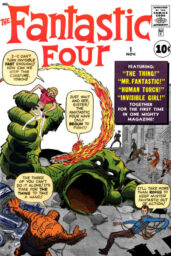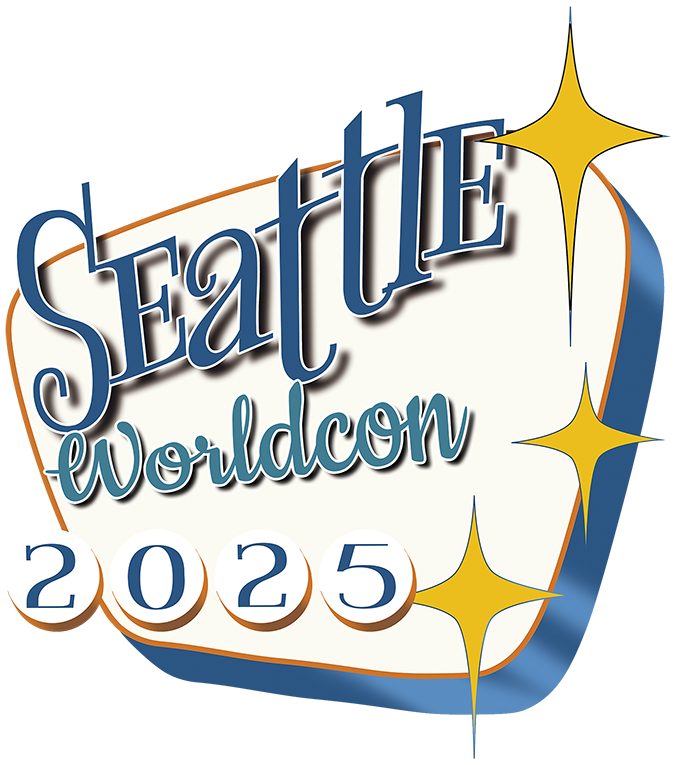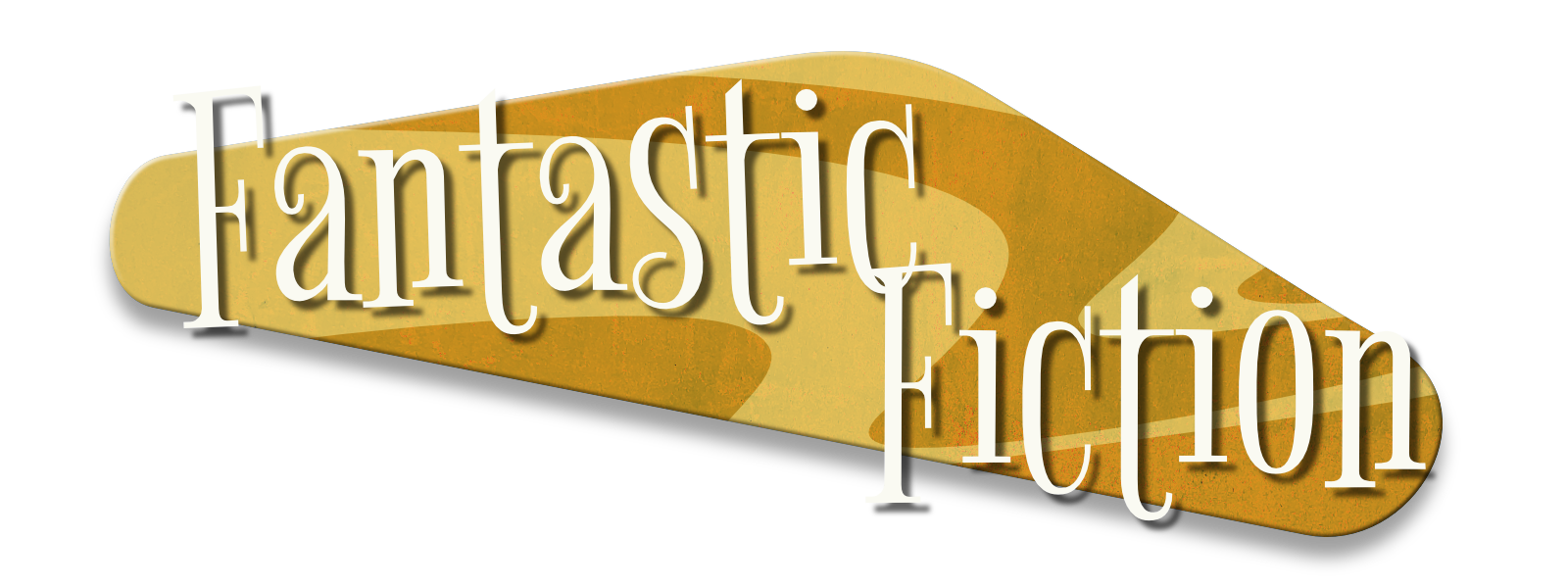When Seattle’s first Worldcon was happening at the Hyatt House Hotel in 1961, visitors could visit local newsstands to find their favorite books and comics. If those fans were lucky, they stumbled across a brand-new comic book title for their thin dime: a flashy, weird-looking comic with a giant monster on the cover. That comic was Fantastic Four #1, and though none of those 300 convention attendees might have imagined it, Fantastic Four #1 was the beginning of a small revolution.
Though the story of the genesis of the FF has passed into apocryphal legend, the comic series was co-created by one of comics’ most legendary creative teams. Stan Lee wrote a detailed outline of what he planned for the FF, while Jack Kirby created the visual look of the characters and provided his usual thrilling artwork.
 In that iconic issue, readers witness the start of a legend: brainy Reed Richards, his girlfriend Sue Storm, Sue’s brother Johnny, and Reed’s pal Ben Grimm steal a rocket ship, fly into space, are bombarded with cosmic rays, and discover that each of them has amazing super-powers when returning to Earth. Though almost immediately attacked by the evil Mole Man, the team triumphs over their enemy and agree to band together as heroes.
In that iconic issue, readers witness the start of a legend: brainy Reed Richards, his girlfriend Sue Storm, Sue’s brother Johnny, and Reed’s pal Ben Grimm steal a rocket ship, fly into space, are bombarded with cosmic rays, and discover that each of them has amazing super-powers when returning to Earth. Though almost immediately attacked by the evil Mole Man, the team triumphs over their enemy and agree to band together as heroes.
The FF wasn’t the first comic from Marvel, nor was the series the first superhero team. DC revived the genre with their reimagining of the Flash as Barry Allen in 1956, and in 1961 the Justice League of America united some of DC’s most iconic characters, including Green Lantern, Superman, Wonder Woman, and Martian Manhunter.
DC’s heroes were self-serious and professional, but the Fantastic Four were decidedly not professional. From their first issue, the Fantastic Four were a rumbling, quarrelsome group, as angry with each other as they were with Dr. Doom or the Sub-Mariner. The conflict within the team gave these outlandish stories a touch of reality that fans responded to zealously.
Marvel continued publishing their romance, monster, and Western comics into 1962, but sales were excellent on FF. Fans demanded for Stan Lee and his collaborators to expand the line of modern-feeling Marvel heroes. Prior to the success of FF, Marvel’s sales were a fraction of DC’s. Fans fell in love with Marvel’s new heroes, and profits surged. Fantastic Four changed everything in American comics.
Thus, supported by FF’s success, Stan Lee was empowered to co-create more heroes who would become iconic with time. By mid-1962, the Hulk, Thor, Spider-Man, and Ant-Man had all premiered in various titles, all through outstanding collaboration with Marvel’s brilliant cartoonists, and the so-called Marvel Age had begun.
Attendees at the 1961 Worldcon might have picked up some classic science fiction works in the hucksters’ room, but perhaps the most important thing a lucky few bought was a goofy little comic that cost a mere 10 cents.

